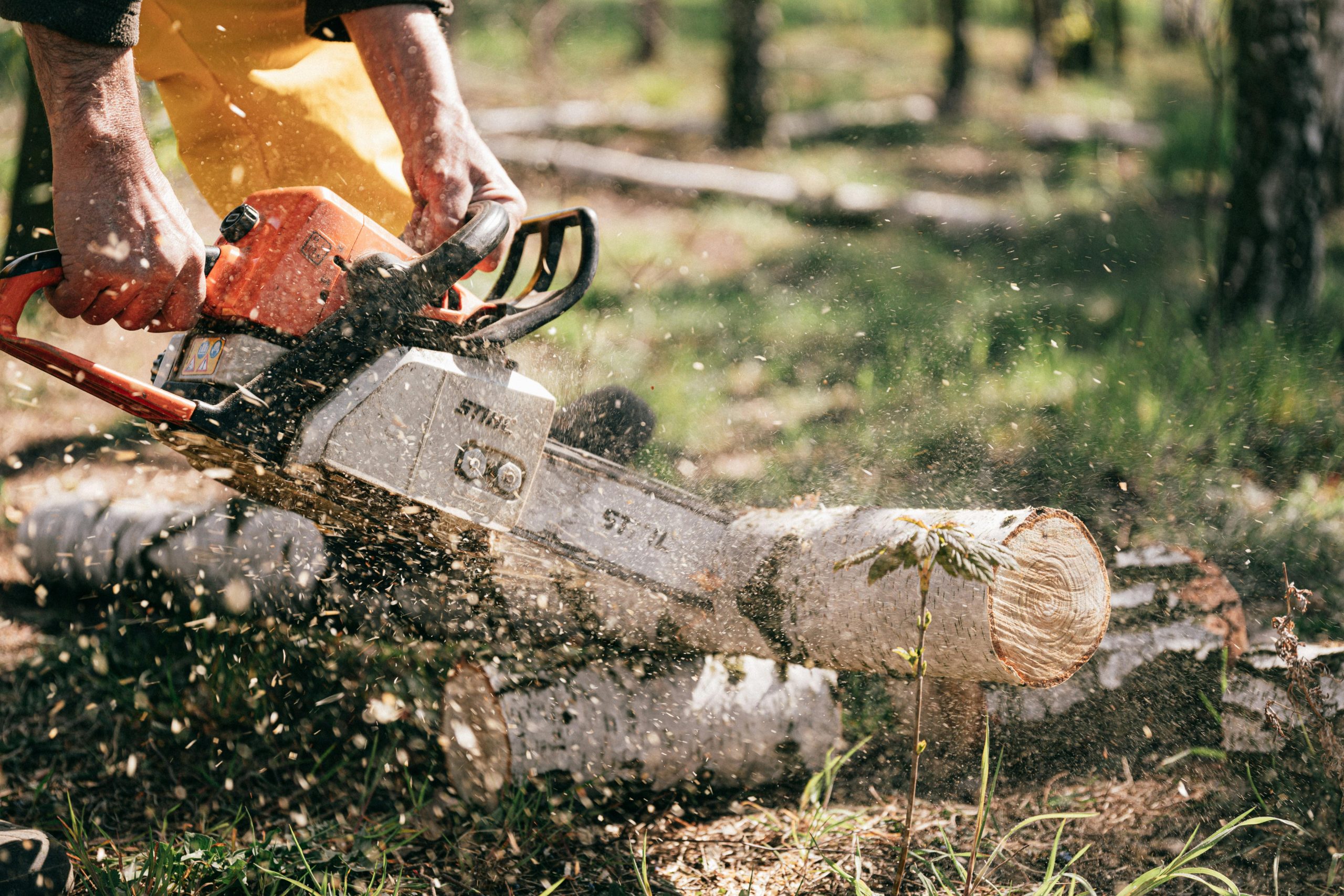“`html
What Safety Tips Should I Follow When Using Portable Cooking Gear?
Using portable cooking gear can be a fantastic way to enjoy meals outdoors, whether you’re camping, tailgating, or simply having a picnic. However, safety should always be your top priority when cooking outside. In this article, we’ll explore crucial safety tips you should follow when using portable cooking gear to ensure a safe and enjoyable experience.
1. Choose the Right Location
Before you start cooking, it’s important to select the right spot. Consider the following:
- Avoid flammable materials: Choose a location away from dry grass, leaves, and other flammable materials.
- Flat and stable surface: Ensure the ground is level to prevent your cooking gear from tipping over.
- Well-ventilated area: Cook in a spot with good airflow to minimize the risk of smoke inhalation.
2. Read the Instructions
Every portable cooking device comes with specific instructions. Make sure to:
- Familiarize yourself: Read through the manual thoroughly before use.
- Follow manufacturer guidelines: Adhere to the instructions for assembly, operation, and maintenance.
3. Use the Right Fuel
Using the correct fuel for your portable cooking gear is critical for safety. Here’s what you need to know:
- Check compatibility: Ensure the fuel type matches your cooking gear (e.g., propane, charcoal, or electric).
- Store fuel properly: Keep fuel canisters away from heat sources and in well-ventilated areas.
- Monitor fuel levels: Keep an eye on fuel levels to avoid running out mid-cooking.
4. Keep Cooking Gear Clean
Regular maintenance and cleanliness are essential for safe cooking. Follow these tips:
- Clean after each use: Remove food residues to prevent flare-ups and fires.
- Inspect for damage: Check hoses, connections, and surfaces for wear and tear before use.
5. Use Heat-Resistant Gear
When cooking, protect yourself from burns and injuries by using the right gear:
- Heat-resistant gloves: Wear gloves designed for high temperatures when handling hot pots and pans.
- Long-handled utensils: Use tools with long handles to keep your hands away from the heat.
6. Stay Attentive
Never leave your portable cooking gear unattended. Here’s why it’s important:
- Prevent accidents: Supervision can help you quickly address any potential hazards.
- Watch for flare-ups: Be prepared to manage any unexpected fires or flare-ups immediately.
7. Prepare for Emergencies
Even with precautions, accidents can happen. Be prepared by:
- Having a fire extinguisher: Keep a fire extinguisher rated for grease fires within easy reach.
- Knowing first aid: Familiarize yourself with basic first aid for burns and other injuries.
8. Be Mindful of Weather Conditions
Weather can significantly affect your cooking experience. Consider the following:
- Avoid cooking in high winds: Strong winds can blow flames and embers, creating hazards.
- Watch for rain: Cooking outdoors in wet conditions can pose risks of electrocution with electric devices.
9. Dispose of Waste Properly
Proper waste disposal is essential for safety and environmental protection:
- Cool down ashes: Allow hot ashes to cool completely before disposal.
- Use designated containers: Dispose of food waste and packaging in appropriate receptacles.
10. Follow Local Regulations
Different areas have various regulations regarding outdoor cooking. Be sure to:
- Check local laws: Understand any restrictions or rules regarding outdoor cooking, especially in parks or camping areas.
- Obtain permits if necessary: Some locations may require permits for open flames or larger cooking setups.
Conclusion
Using portable cooking gear can enhance your outdoor adventures, but safety must come first. By following these practical safety tips, you can enjoy delicious meals without compromising your safety or the safety of those around you. Remember to choose the right location, read the instructions, use appropriate fuel, maintain cleanliness, and stay aware of your surroundings. Happy cooking!
“`

Leave a Reply